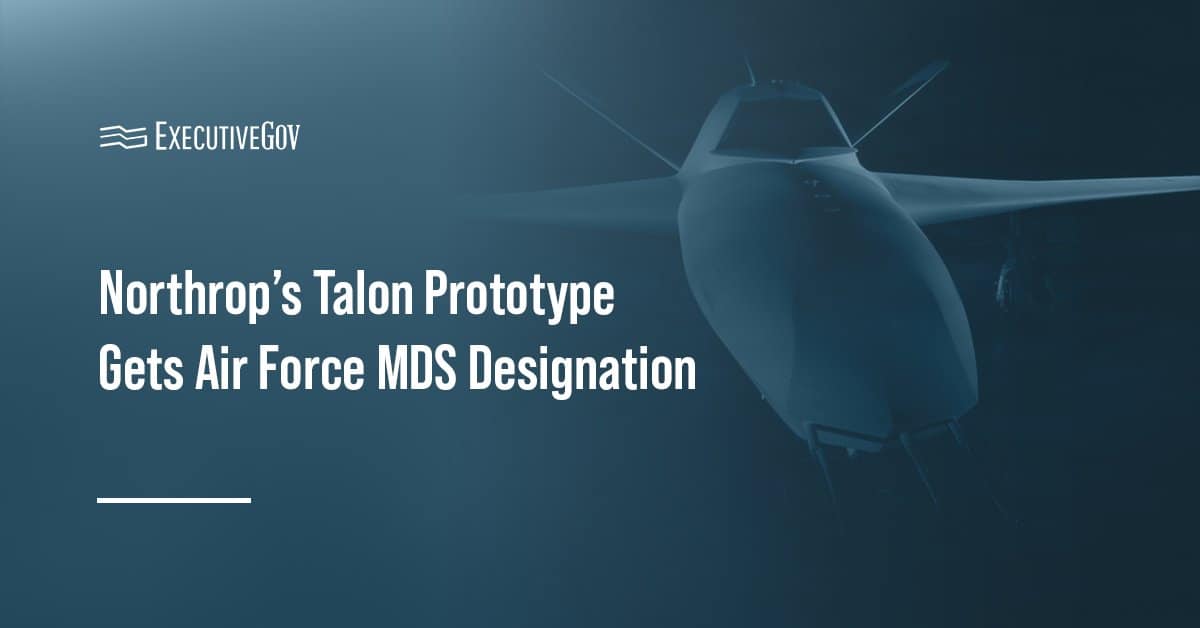SAFECOM and the National Council of Statewide Interoperability Coordinators, in collaboration with the Cybersecurity and Infrastructure Security Agency, have developed a document meant to help information technology professionals plan, implement and manage land mobile radio networks.
The LMR for IT Professionals document offers an overview on the requirements and differences between LMR and IT networks when it comes to construction and execution, system integration and operations and maintenance, CISA said Friday.
The document provides a description of an LMR system and its components, including a network, repeaters, base station radios and mobile radios.
The paper tackles how public safety organizations utilize LMR systems, offers best practices for launching and integrating LMR systems and discusses possible disconnects between LMR engineers and IT professionals.





